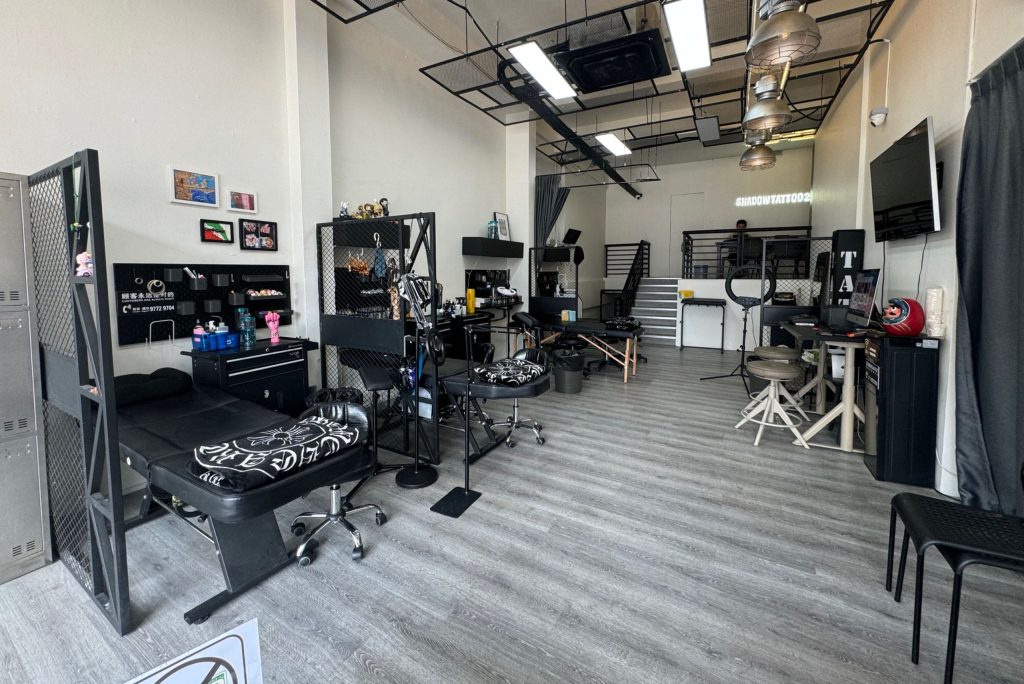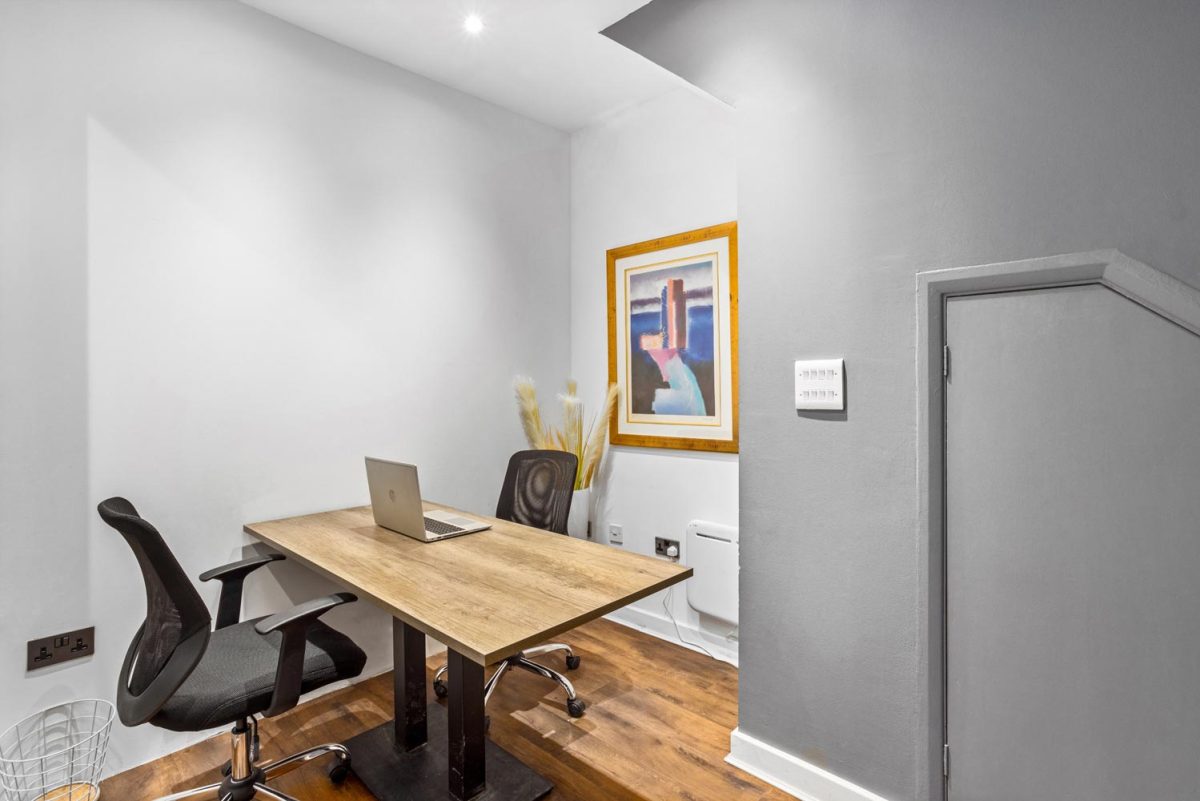Designing a good workplace space requires careful consideration; color significantly affects mood, creativity, and efficiency in design. The correct color palette can greatly affect employee performance and well-being from strong colors to subdued tones. As op가이드 emphasizes, careful color choice may define a workspace’s collaborative, focused, positive tone. Key understanding of how colors impact productivity and their strategic application follows below.
Improving concentration with neutral tones
Whites, grays, and beiges are among the neutral hues that create a peaceful backdrop that helps one to concentrate and lessens distractions. These low tones produce a simple, understated environment that lets staff members focus on work. Combining neutral walls with bursts of color in furniture or décor helps to balance the workstation and maintain its utility while also looking great. For those working on analytical or intricate projects, neutral tones can help to minimize overstimulation.
Increasing Originality with Vibrant Colors

Bright hues like yellow, orange, and turquoise inspire enthusiasm, energy, and innovation. These colors work especially well in places of brainstorming or teamwork where innovation is abundant. Yellow, for instance, is said to inspire hope and increase mental clarity; turquoise encourages communication and clear thinking. Strategic use of vivid colors can encourage creativity without overloading staff members, so guaranteeing a harmonic but energetic surroundings.
Promoting Calm with Cool Shades
Blue and green cool tones are linked to peace and relaxation. Often associated with stability and confidence, blue is perfect for environments where focus and judgment are absolutely necessary. Green is also well-known for its relaxing properties, which help to balance things and ease tension. These colors help to preserve a calm environment; hence they are ideal for quiet locations or places where workers have to relax.
Using Color to Specify Areas
Different regions inside an office can also be defined using colors, therefore establishing visible limits and improving functionality. For example, a bright red accent wall can highlight a collaborative zone, while softer shades can designate spaces for quiet work. This careful separation guarantees that staff members feel at ease wherever in the office and enhances efficiency. Combining such design features will help you to build a workstation that meets different needs while keeping a coherent appearance.
In essence, the emotional and mental dynamics of a workplace atmosphere can be shaped by colors. When well chosen, they can motivate creativity, output, and well-being. For businesses looking to optimize their office design, consulting tools like op가이드 can provide invaluable insights into creating a workspace that truly supports employee performance.














